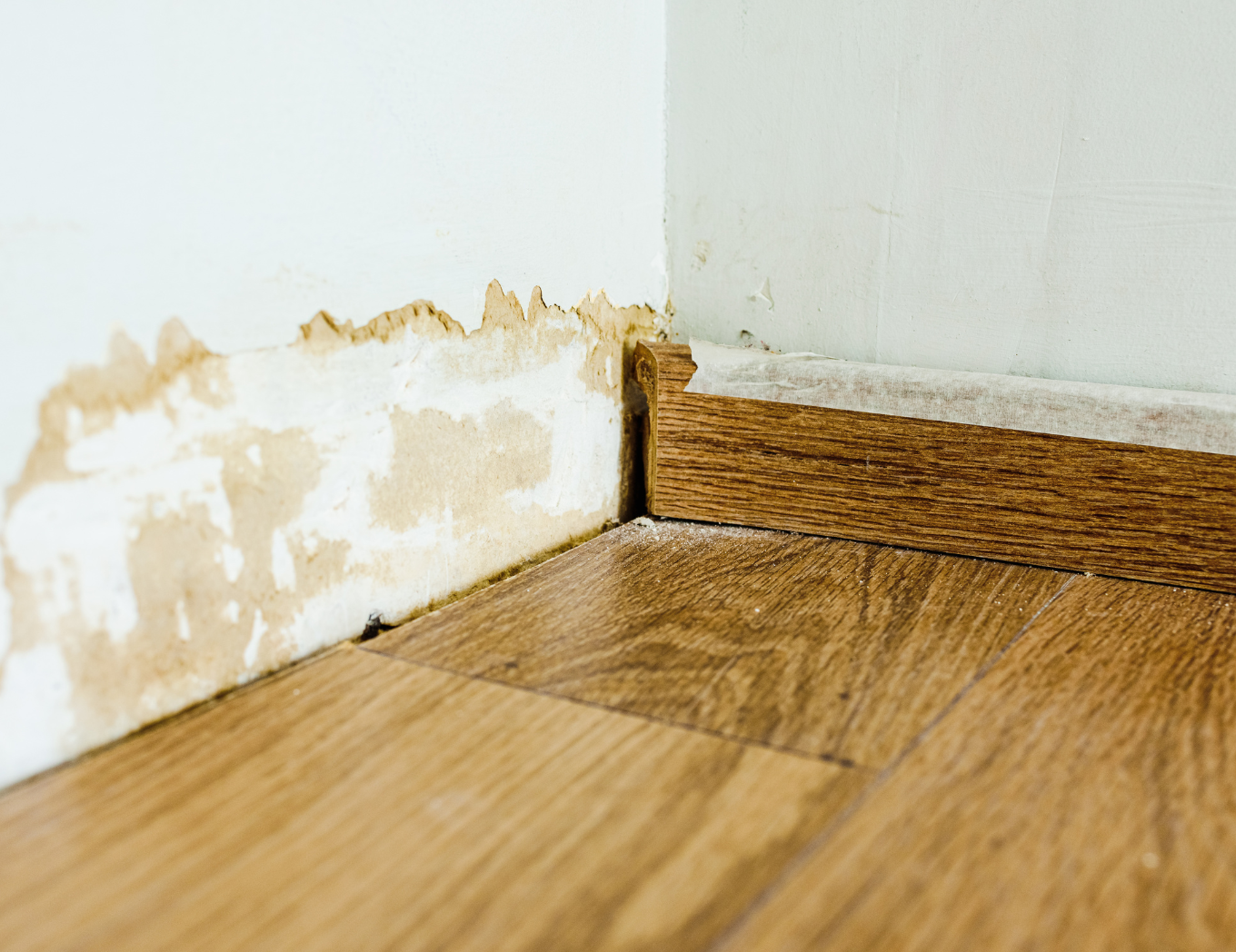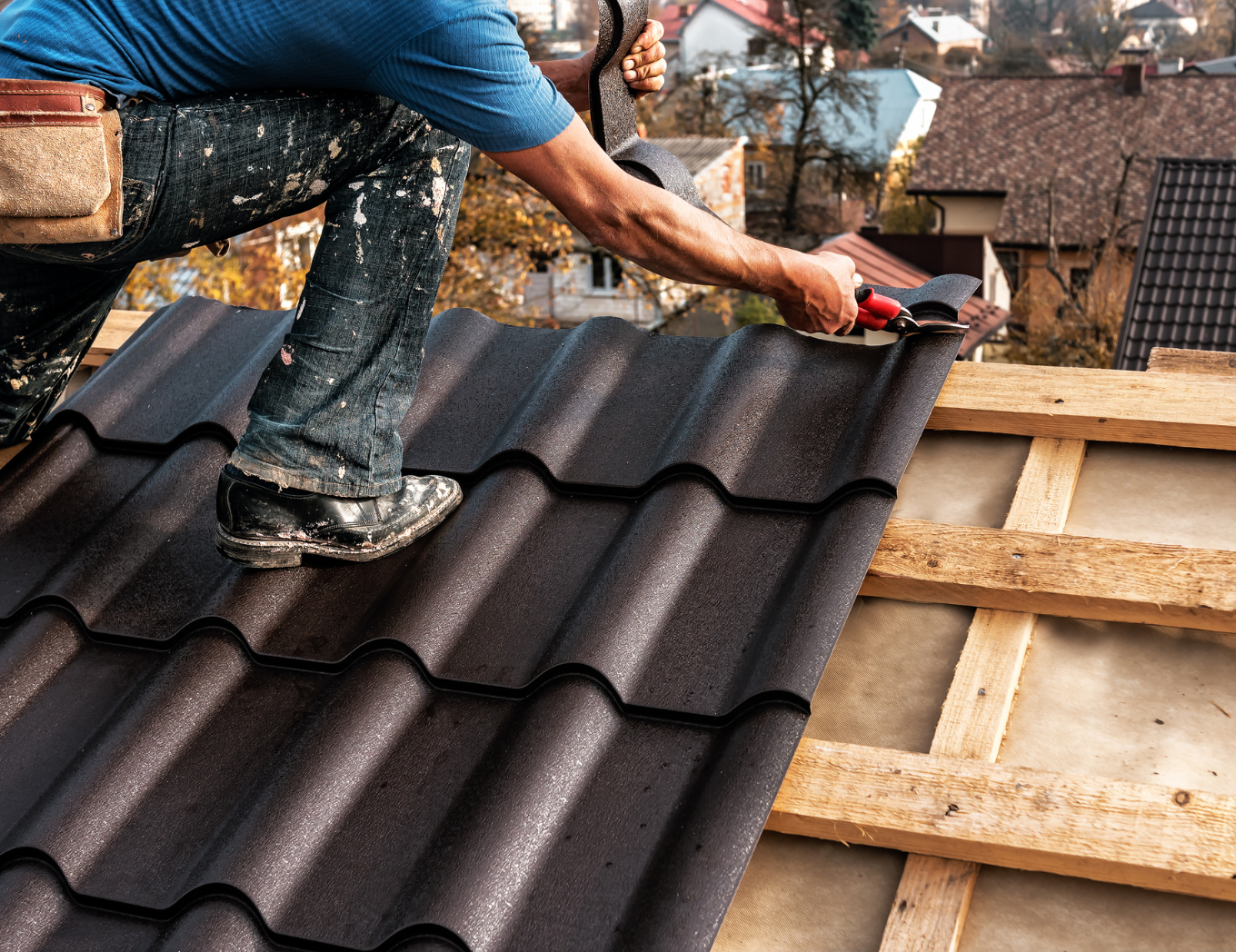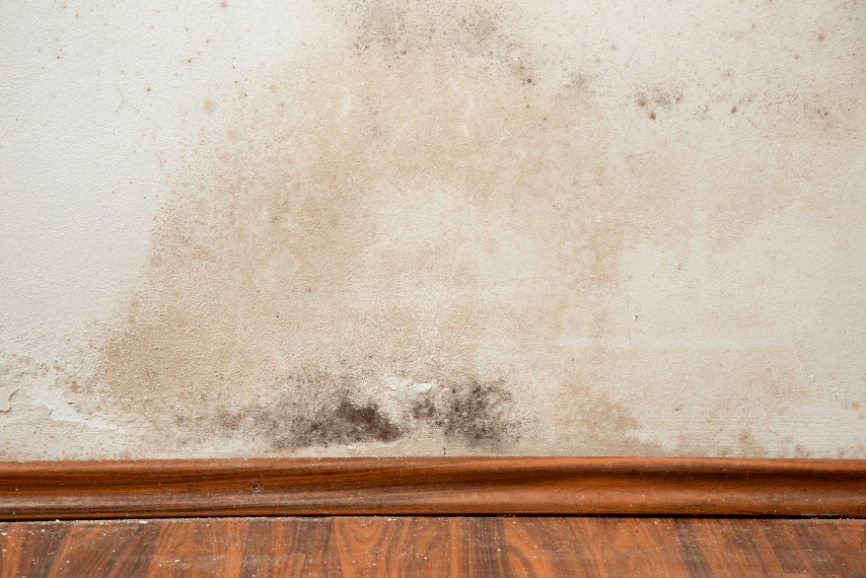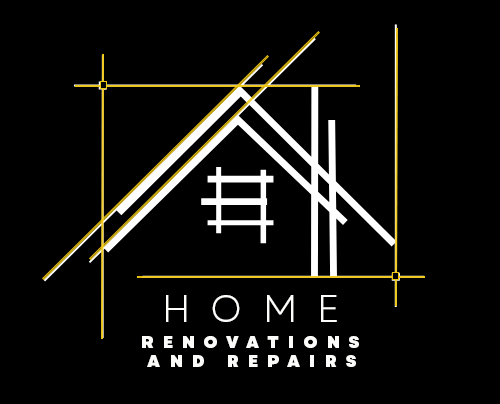Damp is one of the most common issues faced by homeowners and, if left untreated, can lead to costly structural damage, health problems, and a major decrease in your property’s value. From that musty smell to discoloured patches and peeling paint, signs of damp should never be ignored. In this blog, we’ll guide you through how to identify the early signs of damp, its causes, and how to fix and prevent it effectively using long-lasting, NHBRC-compliant methods.
Common Signs of Damp in a Home
The first step in tackling damp is knowing what to look for. Here are the most common warning signs:
- Peeling paint or wallpaper
- Discoloured patches on walls or ceilings
- A persistent musty smell
- Mould growth, especially in corners or around windows
- Damp or cold walls and floors
- Rusting metal or rotting timber in certain areas
Sometimes, damp appears on the surface but has deeper structural causes. That’s why a thorough inspection by a knowledgeable contractor is essential.

What Causes Damp?
Damp can occur for several reasons, each requiring a specific fix. The main causes include:
- Poor waterproofing on balconies, concrete slabs, parapet walls or underground and retaining walls.
- Damaged or missing steel flashings around chimneys, parapets, or valleys.
- Cracked plastering or brickwork.
- Roof leaks.
- Weathered damp proofing or absence of damp proofing during the original construction.
- High ground water levels with no proper damp proof underlayer.
- Paving and ground levels sloping towards the outside walls instead away from it.
In many cases, it’s not enough to simply apply a coat of paint or a quick-fix solution like the "pap and lap" method. As Home Renovations and Repairs emphasises, a proper fix always goes back to the original construction specifications.
How We Detect Damp the Right Way
At Home Renovations and Repairs, damp is never just covered up. We always begin with a full inspection to identify the root of the problem. Sometimes this involves removing affected roofing materials, inspecting hidden corners, or even checking for flaws in the foundations or plumbing.
We often find that the problem is due to a roof leak, and our extensive experience in roof repairs means we can detect and resolve these with expert precision. With over 40 years of hands-on experience, our team understands how moisture travels and how to stop it from the source.
Our Proven Damp Repair Methods
We follow NHBRC-approved methods and use the highest-quality materials. Here are the main solutions we implement:
1. Torch-On Membrane Waterproofing
This is a popular method for sealing concrete slabs, balconies, and retaining walls. A bitumen membrane is heat-fused to a primed surface using a gas torch. It’s then finished with aluminium paint for UV protection and a neat appearance.
2. Liquid Rubber Waterproofing
Ideal for flat roofs and various surfaces, this solution provides a flexible and seamless barrier against water. It’s fast to apply and perfect for irregular shapes.
3. Proper Steel Flashing Installation
Rather than using temporary acrylic solutions, we strip and replace damaged or incorrectly installed flashings. This includes areas such as sidewalls, parapets, chimneys, and valleys. Steel flashings offer a durable and long-lasting seal, which is why they’re our go-to choice.
4. Damp Proof Course Repairs
Where internal walls are affected, we may need to renew the damp course—a physical or chemical barrier in the wall to prevent moisture rising. We also repair mortar joints, brickwork, plastering and painting to fully restore the wall's integrity.
5. Roof Repairs
Often, roof leaks are the root of damp issues. We don’t just paint over the problem. We identify the structural failures, replace tiles and flashings, install new bracing if needed, and repair or rebuild parts of the roof structure. This ensures water doesn’t re-enter and cause further damage.

Why Proper Damp Repairs Matter
A quick fix might save money today, but it usually costs more in the long run. Poorly executed damp treatments often result in:
- Recurrent mould and mildew
- Rotten wooden decks, damaged ceilings, or weakened roofing
- Electrical hazards
- Lower property value
- Higher heating bills due to poor insulation
- Damage to brickwork and plaster
By choosing proper damp proofing and waterproofing, you ensure your home remains safe, dry, and healthy.
What Sets Home Renovations and Repairs Apart
We don’t believe in shortcuts. Our commitment to quality workmanship, ongoing training, and strict compliance with NHBRC specifications means your home is in the best hands. We use permanent solutions like steel flashings, proper plastering, and certified structural reinforcements—not “paint-and-pray” methods.
Whether the damp issue is linked to roof leaks, structural defects, or poor construction, we tackle the root of the problem and restore your home to its original, safe condition.

Preventing Damp in the Future
Once the current problem is resolved, we offer additional services to help prevent future issues:
- Routine roof inspections and maintenance
- Upgrades to roof structures or bracing
- New gutter systems
- Improved foundation drainage
- Proper tiling, painting, and ceiling installation to prevent internal condensation
We also provide services like architectural planning, engineering certificates, and municipal plan approval for major renovations or rebuilds.
Final Thoughts
Damp is more than an eyesore—it’s a sign that your home might be at risk. From faulty roofing to subpar waterproofing, a range of issues can allow moisture to creep in. At Home Renovations and Repairs, we don’t just mask the symptoms—we fix the real problem using time-tested methods backed by decades of experience.
If you’ve noticed signs of damp, don’t wait for it to get worse. Call or email us today for a professional inspection and long-lasting solution.



